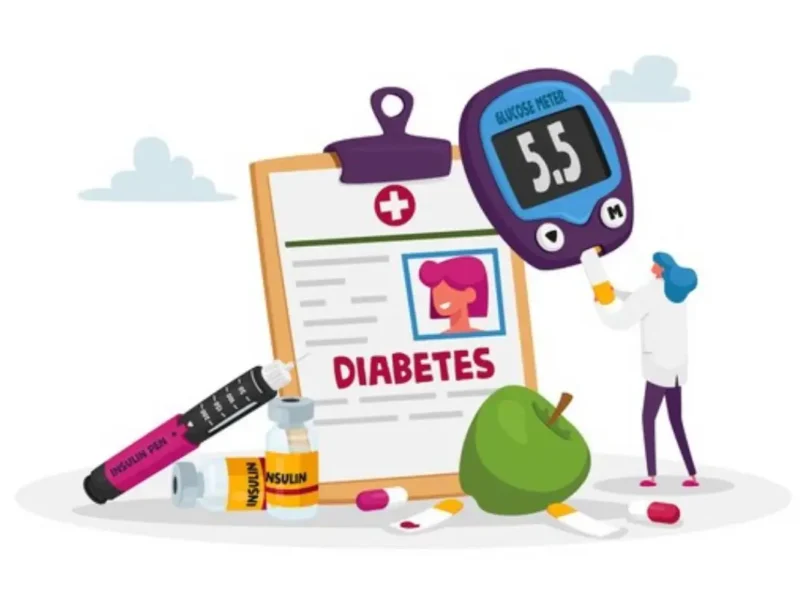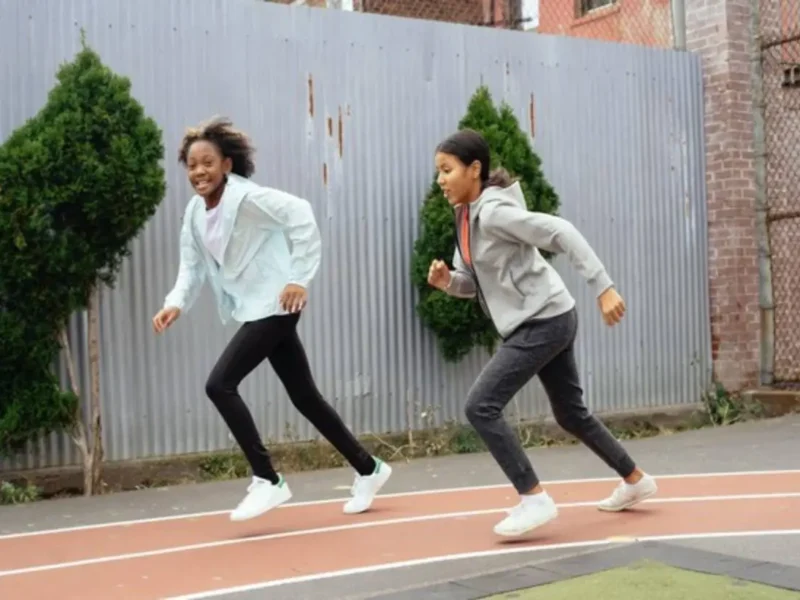
Yoga For Stroke Recovery
By Zaeem Zaidi
Every 40 seconds, someone in the United States has a stroke. When you do the math, that translates to almost 800,000 people in the U.S. who have a stroke each year. And experiencing a stroke can be devastating. About 87 percent of all strokes are classified as ischemic stroke, which blocks the flow of blood to the brain and can result in brain damage, disability, and in some cases death.
That’s why it’s so important to identify the symptoms of stroke as quickly as possible. But along with quick treatment, it’s also vital to undergo physical therapy after the stroke — to help your body and brain recover, and rehabilitate as fully as possible.
As a scientist, yoga researcher, and certified yoga instructor, I have witnessed the power of yoga in repairing the body’s neurological system after a stroke. From increasing memory function and gray matter density, to lowering blood pressure and improving heart rate variability, yoga works on several levels to not only help your body recover but also prevent the onset of new or additional strokes.
BENEFITS OF PRACTICING YOGA AFTER A STROKE
If you’ve suffered a stroke, you may be experiencing long-term, negative effects to your health and well-being. You may have trouble speaking and moving, along with difficulties with your memory, focus, and ability to interact with others.
Multiple scientific studies have explored yoga as a tool for stroke rehabilitation, with positive results. For example, this 2012 study found that yoga can help stroke victims improve their balance, memory, and quality of life. Through the combined practice of yoga asanas (poses), pranayama (breath work), and meditation, yoga can improve your well-being after a stroke and reduce depression.
Of course, it’s important to use yoga in conjunction with other treatments. In a recent 2022 study, researchers discovered that adding yoga to your rehabilitation plan can produce enormous benefits to your mood and balance.
Yoga has also shown an ability to impact your cardiovascular system in positive ways. It can lower your blood pressure and body weight, improve your glucose levels and lipid profile, as well as improving overall blood circulation. High blood pressure and high cholesterol are among the leading causes of strokes. By reducing both with a regular practice of yoga, you can help your body heal while preventing additional strokes from occurring.
THE BEST TYPE OF YOGA FOR STROKE RECOVERY
You don’t have to be an advanced or experienced yogi to take advantage of yoga’s rehabilitative qualities. You can get started with yoga for stroke recovery by practicing a few simple poses, breathwork and meditation techniques on a regular basis. However, you may want to make sure you have a few simple supplies on-hand.
If you are currently experiencing trouble balancing, you can use props like yoga blocks and bolsters to modify poses, or even use a wall or chair to prevent falls. For difficulties with flexibility, a strap can help aid your reach and give you the stretch you need without requiring the complete performance of certain poses.
While practicing yoga postures, it’s important to raise your heart rate a little but it shouldn’t be too intense. When teaching yoga for stroke recovery to my students, I aim for a heart rate within a range of 64 to 76 percent of the maximum. If you feel your heart rate climbing too high, take a break and reduce the pace of your movement between postures. The goal here is a moderate level of intensity. You can figure out your maximum heart rate by subtracting your age from 220.
For students just getting started, I recommend warming up with some joint-loosening exercises that increase the mobility in your hands, wrists and ankles. You can perform some simple wrist and ankle rolls, and warm up your hands by repeatedly extending your fingers and then squeezing them into a fist.
For rehabilitative yoga postures, try practicing the following several times a week or on a daily basis if you can:
- Standing side stretch (ardhakati chakrasana)
- Triangle pose (trikonasana)
- Tree pose (vrikshasana)
- Seated Spinal Twist (vakrasana)
- Cow Face pose (gomukhasana)
- Bridge pose (setubandhasana)
For best results, it’s vital to include meditation and breathwork with your yoga routine. Here are a few pranayama exercises you can practice to help lower your blood pressure, reduce depression, and improve your quality of life:
- Alternate Nostril breath (Nodi Shodhana)
- Humming Bee breath (Bhramari Pranayama)
You can also practice Yoga Nidra — the yoga of sleep — for deep relaxation. This yoga is a meditation that works best if it is guided — meaning, read aloud by someone in the room or through an audio recording. There are numerous scripts and recordings available for free online. Try practicing Yoga Nidra in the evening when you’re winding down, in a location where you feel most comfortable and relaxed.
By incorporating these techniques into your stroke rehabilitation plan, you can improve your recovery and impact your overall health for the better.
Zaeem Zaidi (https://www.myyogateacher.com/teacher/zaeem-1) is a scientist, yoga researcher and certified yoga instructor. With an extensive knowledge of yoga therapy, anatomy, and physiology, he uses his research to help students improve their cardiovascular endurance, joint health, and cellular health through the practice of yoga.




